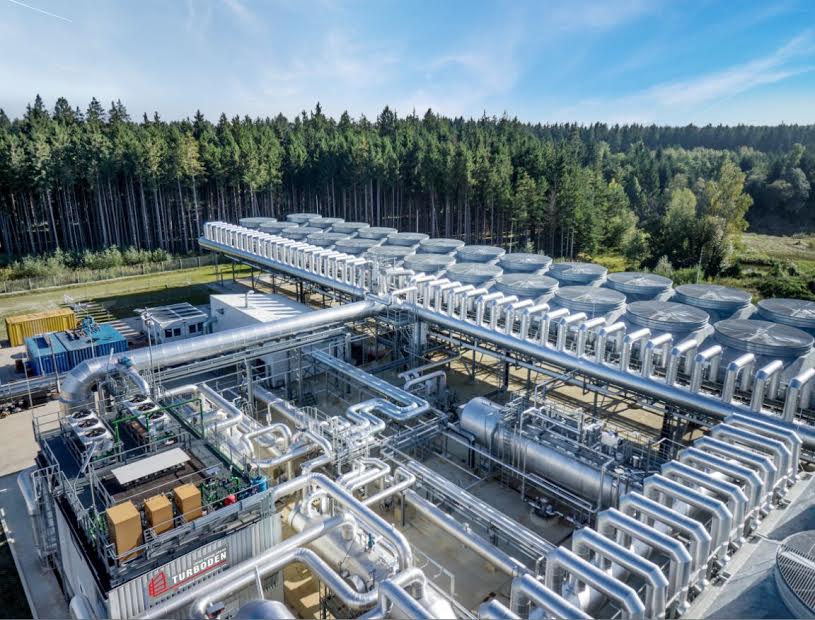ESMAP Report – geothermal resource risk insurance
A brief overview from The World Bank’s Energy Sector Management Assistance Program covering the Comparative Analysis of Approaches to Geothermal Resource Risk Mitigation with the use of “Geothermal Resource Risk Insurance.”
This brief overview is the third of four excerpted from The World Bank’s Energy Sector Management Assistance Program covering the Comparative Analysis of Approaches to Geothermal Resource Risk Mitigation. This summary will be an overview of mitigating risks for developing geothermal energy with “Geothermal Resource Risk Insurance.”
As discussed in the previous entries with the focus of Government as Developer and Cost-Shared Drilling it is clear that a real barrier to developing geothermal energy are the initial costs of surface reconnaissance and exploration drilling. These are where the risks and costs are high, and governments and companies need incentives to encourage growth in the sector. Another approach that can improve the overall feasibility and profitability of a project, while encouraging geothermal development, is to provide geothermal resource risk insurance.
Geothermal resource risk insurance was designed to hedge against the risk of a geothermal well having lower than expected productivity in terms megawatt capacity or a combination of flow rate and enthalpy, thereby helping developers mobilize capital for exploratory drilling and resource confirmation. Both the insurance company and the geothermal developer must work closely together to establish what the success criteria are for each case. Once this has been determined, the insurance company will establish a premium that must be paid up front by the developer to secure the policy. The actual drilling may also be insured, but generally this is not the case, and only the production capacity of the well is covered, and it is the responsibility of the developer to ensure that the drilling targets are achieved. The idea is rather straightforward: once the drilling is concluded, the well is tested to confirm that the well falls within the parameters set forth in the insurance contract. If the well does not fall within the successful range of results, as agreed upon by both parties, the insurance company would pay out the developer for their losses on the project.
This insurance mechanism has not been implemented widely around the world, as geothermal sector is relatively small, and insurance companies do not have much historical data, and project vary tremendously. Furthermore, insurance companies have been unable to amass an appropriate scale to make the coverage efficient, therefore leading to prohibitively high premiums for many geothermal developers.
To date, France and Germany are the two countries that have most successfully used this method of risk mitigation approach. Countries such as Turkey, Kenya and the United States are taking steps to realize this strategy in their own geothermal development.
There are three main benefits of resource risk insurance that make this beneficial for geothermal development. First and foremost, the insurance coverage alleviates the risk for developers and the possibility of drilling failure. With developers able to buy insurance, they can mobilize capital by reducing financial losses during the expensive and risky exploration drilling and resource confirmation. Lastly, this type of insurance reduces the burden on government, since such insurance is generally purchased in the private sector – unless the government has some provision to subsidize the buy-down cost of the insurance premium.
Naturally, there are negative consequences of resource risk insurance too. These include the following: High insurance premiums are often cost prohibitive for private developers. This insurance does not create liquidity in the market for risk capital, and often there is an increase in the required upfront costs since the developer must pay the insurance premiums before the drill even touches the ground. As mentioned earlier, insurance companies are somewhat reluctant to underwrite such endeavors as there is not much historical data in this small energy sector and the losses can be substantial for these companies. Additionally, the agreements to insure these projects are extremely complex and challenging to implement, with few companies willing to underwrite such coverage. Once a field is chosen, there are many requirements to be met to obtain the insurance. There is rigorous due diligence process to even qualify for the insurance, with all permits, licenses, approvals, drilling plans, and all documentation aligned. Additionally, a clear and thorough remediation plan must be in place and agreed upon by both parties before any drilling takes place if the well turns out to not meet expectations. Often these processes involve third party consultants to review the data and determine the amount of the payout based on the results. Therefore, outside of Germany and France, resource risk insurance has not had very much of an impact on the pace of geothermal power production.
The overall impact of the resource risk insurance as a risk mitigation approach is that this is a product that has limited availability, is difficult to obtain, and often cost prohibitive for private companies. Although the financial risks for developers may be ameliorated, often the overall developmental costs are increased due to the insurance premiums. Paradoxically, those developers that need insurance the most, are typically the entities that do not qualify for the insurance, or could not afford to pay the premiums to begin with. While insurance may be appropriate for select projects at certain stages, there is the added layers of operational management, certification(s), due diligence, and legal hurdles that must be adhered to make risk insurance applicable.
Source: World Bank Group, ESMAP, Washington, DC, worldbank.org March 2016.


















